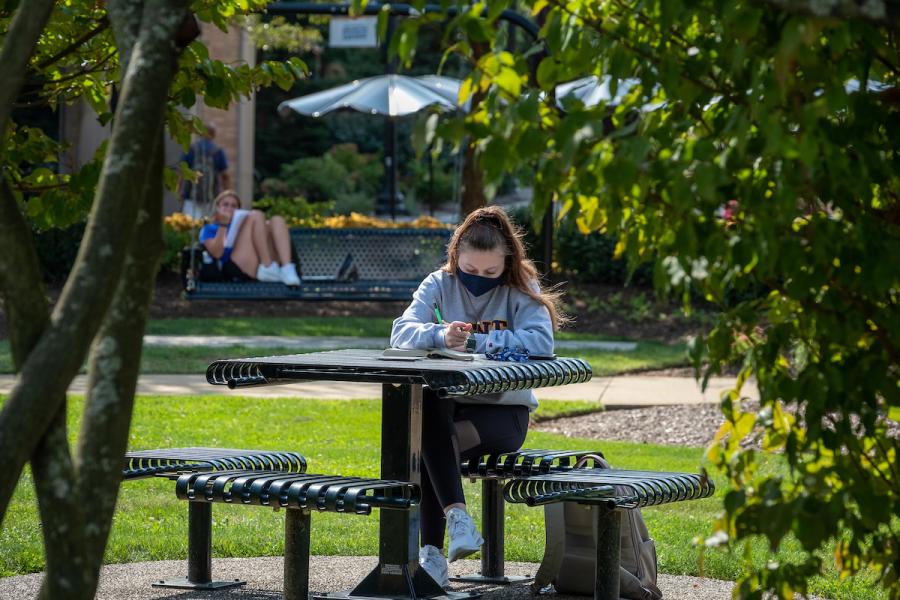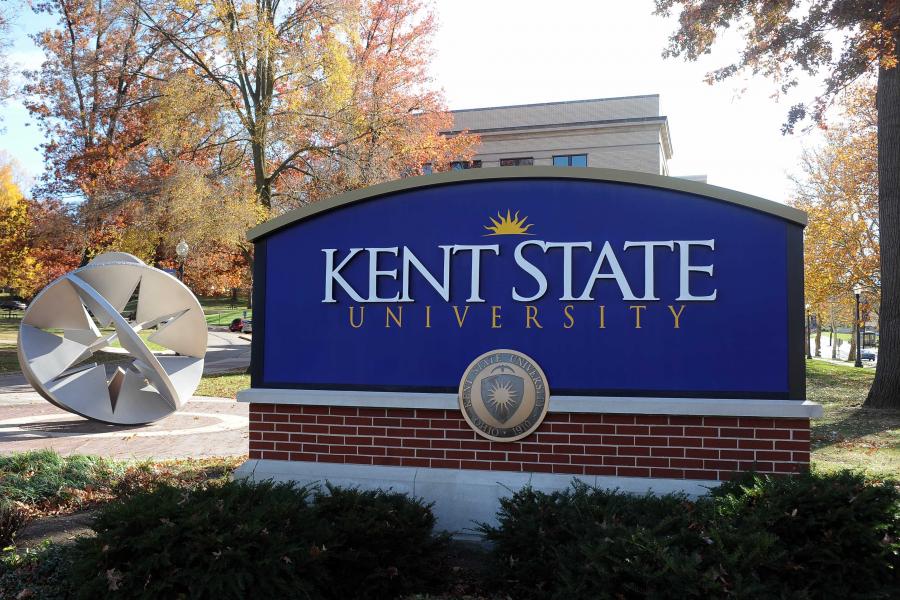Research & Science

Congratulations are in order for Sooraj Radhakrishnan, Ph.D., a postdoctoral fellow in the 91²Ö¿â College of Arts and Sciencesâ Department of Physics who performs research in experimental nuclear physics. His data analysis of some rare particles called âcharm quarksâ that may have existed in the first microsecond of the Big Bang, the emerging point of our universe, was highlighted in a recent issue of the .

A liquid crystal research group at 91²Ö¿â led by Oleg Lavrentovich, Ph.D., is knocking on the doors of the biomedical industry with its current project. The recent publication of research explains a technique of controlling bacteria movement with liquid crystal structures that could have a potential impact in many areas of research and medical care.

Three faculty members in 91²Ö¿â's Department of Biological Sciences recently co-authored a 384-page hardcover book, âProblem Plants of Ohio,â published by the 91²Ö¿â Press.

Researchers Andrew Lepp, Ph.D., and Jacob Barkley, Ph.D., from 91²Ö¿ââs College of Education, Health and Human Services suspected a relationship between boredom and social media use but wondered about cause and effect. Does social media use cause boredom? Or does boredom cause social media use? To answer these questions, they designed an experiment.

Jonathan V. Selinger, professor and Ohio Eminent Scholar in 91²Ö¿ââs Department of Physics, in the College of Arts and Sciences, and the Advanced Materials and Liquid Crystal Institute, has been elected a Fellow of the American Association for the Advancement of Science (AAAS), the worldâs largest general scientific society and publisher of the journal Science.

Jonathan V. Selinger, professor and Ohio Eminent Scholar in 91²Ö¿ââs Department of Physics, in the College of Arts and Sciences, and the Advanced Materials and Liquid Crystal Institute, has been elected a Fellow of the American Association for the Advancement of Science (AAAS), the worldâs largest general scientific society and publisher of the journal Science.

While it's no secret that many college students drink alcohol, how COVID-19 affected these behaviors and patterns is the focus of recent research published in the journal Addictive Behaviors by the collaboration of William Lechner from the Department of Psychological Sciences and Deric Kenne from the College of Public Health. The pair sought to study the effects that a major stressor such as the pandemic could have on addictive behaviors and how vulnerabilities such as anxiety and depression played a part in the coping process of college students.

Since March, COVID-19 has become a widespread topic of conversation. Finding ways to explain what this virus is, how one can treat it and how to slow the spread of the virus are just a few commonly asked questions with few clear answers. Xiaozhen Mou, associate professor in the Department of Biological Sciences, and her research team recently received funding for their hard work as part of Ohioâs statewide collective effort to discover traces of COVID-19 virus particles in wastewater.

While it's no secret that many college students drink alcohol, how COVID-19 affected these behaviors and patterns is the focus of recent research published in the journal Addictive Behaviors by the collaboration of William Lechner from the Department of Psychological Sciences and Deric Kenne from the College of Public Health. The pair sought to study the effects that a major stressor such as the pandemic could have on addictive behaviors and how vulnerabilities such as anxiety and depression played a part in the coping process of college students.

The Minnesota Multiphasic Personality Inventory, MMPI, is a standardized psychometric test that was first published by the University of Minnesota Press in 1943 and quickly became the gold standard for assessing psychopathology. 91²Ö¿â has played a key role throughout the history of this test and a 91²Ö¿â faculty member led the revision for the recently published and updated 2020 MMPI-3.